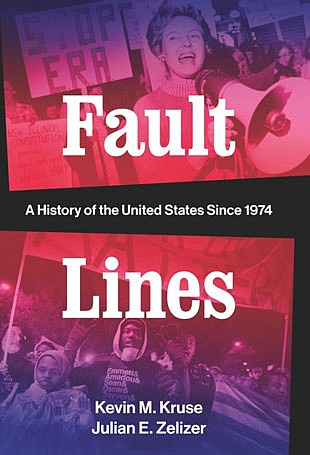"As the political and economic foundation of the postwar decades cracked apart in the 1970s, that era's racial order crumbled as well.
"While Americans had watched the decline of government and industry in this era with a growing sense of despair, most welcomed the dismantling of the old structures of racial segregation and immigration restriction. The liberalism of the Great Society era, it seemed, had succeeded in addressing long-standing problems of racial division and discord. Most notably, the Civil Rights Act of 1964 and the Voting Rights Act of 1965 tore down institutional barriers that had served to oppress racial minorities within the nation across the twentieth century, while the Immigration and Nationality Act of 1965 dismantled the walls of immigration restriction constructed during an earlier era of nativism and racism.
"White liberals celebrated the passage of these measures as a sign of the ultimate triumph of racial integration and assimilation. 'Our beautiful America was built by a nation of strangers,' President Lyndon B. Johnston announced when he signed the new immigration law on Liberty Island in New York harbor. 'From a hundred different places or more they have poured forth into an empty land, joining and blending in one mighty and irresistible tide.' Such comments ignored the original presence of indigenous peoples, of course, but they also spoke to the popular belief that Americans had forged a single national identity from a wide array of sources, a belief as old as the nation's original motto of E Pluribus Unum.
"Ultimately, however, the optimism of that moment would not be fulfilled. The civil rights and immigration reforms of the mid-1960s succeeded in tearing down old walls of division, but in the rubble that remained it became increasingly difficult to discern anything that resembled a coherent or cohesive 'American' identity. Rather than adopt the mainstream values of the white majority and adapt to its culture, racial and ethnic minorities increasingly sorted themselves into communities they made on their own terms and in their own images. The influx of new immigrants, meanwhile, contributed to a broad remaking of the population as well. As the nation moved to embrace a sense of diversity, it came to accept that a new fault line came along with that development."
